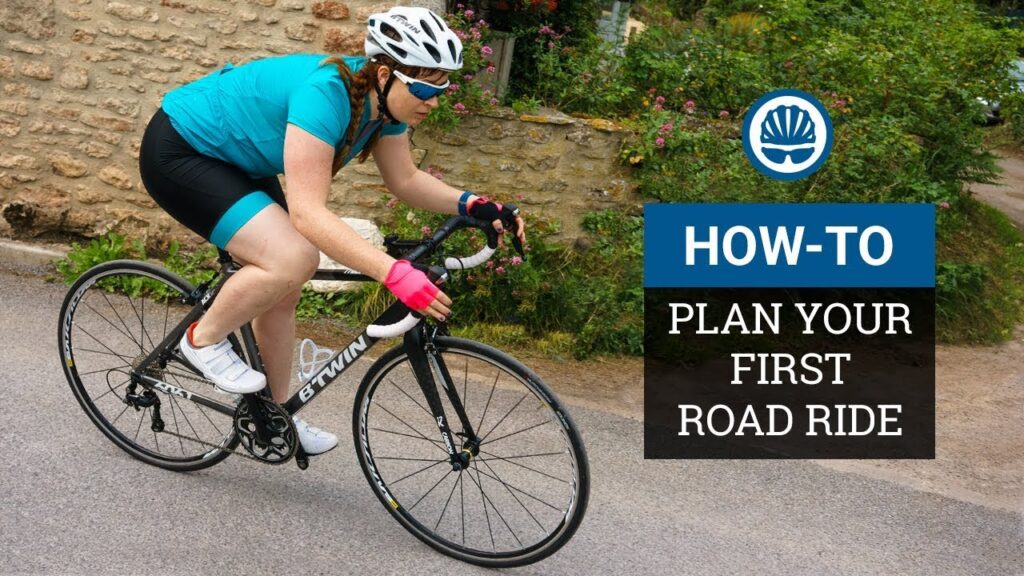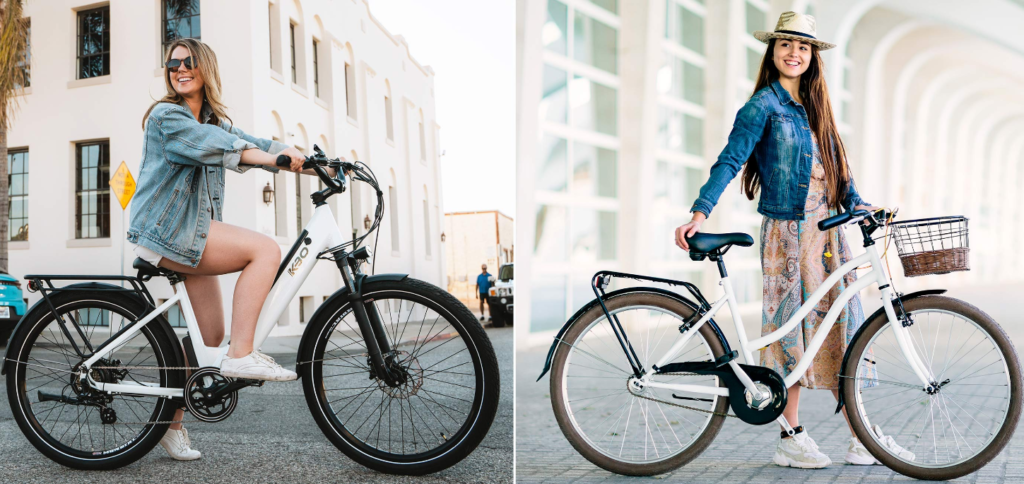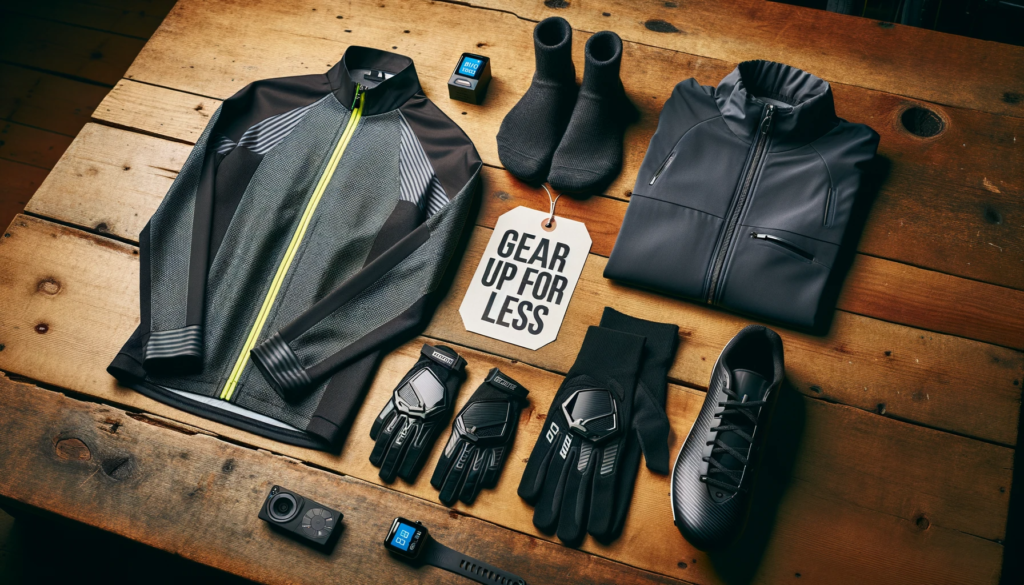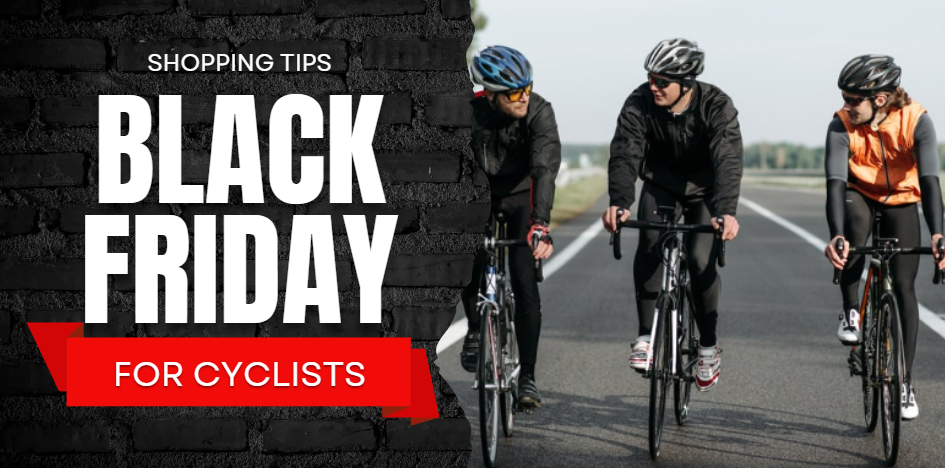If you’re about to ride a road bike for the first time, you’re in for a treat. Road biking is a fantastic way to get around, stay fit, or just enjoy a sunny day.
But if you’re feeling a bit nervous, that’s okay—it’s totally normal.
Don’t worry, though. I’m here to walk you through everything you need to know to get started. So, let’s cover in detail how to ride a road bike for the first time.
What Is a Road Bike?
First things first, let’s talk about what makes a road bike special. A road bike is built for riding on paved surfaces like streets or bike paths. It’s different from a mountain bike, which has chunky tires for rough trails, or a hybrid bike, which is a mix of styles.
Road bikes have thin tires, drop handlebars that curve down, and a lightweight frame. These features make them fast and efficient on smooth roads.
When riding a road bike for the first time, choosing the right bike is crucial. Consider your riding goals and understand bike fit to ensure a comfortable and enjoyable experience.
But here’s the thing—they can feel a little tricky to handle at first because of their design. That’s why we’re going step-by-step. With a bit of practice, you’ll feel right at home on one.
Preparing to Ride: Safety First
Before you even think about pedaling, let’s get you ready. Preparation is key to a fun and safe ride. Here’s what you need to do.
Wear the Right Gear
Start with a helmet. Always wear one—it’s non-negotiable. It might not be the coolest look, but it could save your life if you fall. Make sure it fits snugly and the straps are secure. Next, pick comfy clothes. Go for something that lets you move freely. Avoid baggy pants that might get caught in the chain. If it’s cold, add layers, but keep them light so you’re not stiff.
Check Your Bike
Now, give your bike a quick once-over. Check the tires—are they pumped up? Look at the sidewall of the tire for the recommended pressure and use a pump to get them there. Soft tires make pedaling tough and can lead to flats. Next, test the brakes. Squeeze both brake levers to see if they stop the wheels smoothly. Finally, adjust the seat. Sit on the bike and check if your legs are almost straight when the pedals are at the bottom. Too high or too low? Adjust it. If you’re unsure how, ask a friend or pop into a bike shop.
Find a Safe Spot
Pick a good place to practice. A flat, empty parking lot or a quiet street works best. You don’t want cars or people around while you’re learning. This way, you can focus on the bike without distractions.

Credit: m.youtube.com
Getting on the Bike: Step by Step
Okay, you’re geared up and your bike’s ready. Now, let’s get you on it. This part might feel awkward at first, but you’ll get it with practice. Here’s how to do it.
- Straddle the Bike: Stand over the bike with both feet flat on the ground. The top tube—the bar between the handlebars and seat—should be between your legs.
- Set the Pedals: Turn the pedals so one is at the bottom, like the 6 o’clock position on a clock. This is where you’ll put your foot first.
- Step On: Place one foot on that lower pedal.
- Push Off: Gently push off the ground with your other foot to get moving.
- Swing Over: As the bike rolls, swing your other leg over the saddle and sit down.
- Find the Pedal: Put your second foot on the other pedal.
Take your time here. If it feels clunky, try it a few more times. You’ll smooth it out soon.
Starting to Pedal: Slow and Steady
You’re on the bike—nice job! Now, let’s get moving. Pedaling might seem simple, but there’s a trick to starting smoothly.
- Push Off: Press down on the pedal with one foot. Let the other foot follow naturally.
- Go Slow: Start pedaling gently. Road bikes can feel quick and responsive, so ease into it.
- Use Gears: Most road bikes have gears. If yours does, start in a low gear—it’s easier to pedal. Look for the gear shifters near the handlebars. Shift up as you get comfortable.
Steering and Balancing: Keep Your Eyes Up
Balancing on a road bike can feel tricky because of those skinny tires and the leaning-forward position. But don’t stress—I’ve got some tips to help.
- Look Ahead: Don’t stare at the pedals or wheels. Look up and ahead to where you’re going. Your body will adjust naturally to stay balanced.
- Relax Your Hands: Grip the handlebars firmly, but not like you’re holding on for dear life. A loose grip makes steering easier.
- Steer Smoothly: To turn, move the handlebars in the direction you want to go. If you’re going faster, lean a little into the turn—it helps you stay in control.
Practice this in your safe spot. The more you ride, the steadier you’ll feel.
Stopping Safely: Use Both Brakes
Knowing how to stop is just as important as starting. Road bikes usually have hand brakes, and you’ll want to use them right.
- Squeeze Evenly: Use both brakes—one controls the front wheel, the other the back. Squeeze them together gently to slow down.
- Avoid Skidding: Don’t slam the brakes, especially the front one. That can make you skid or flip. Ease into it instead.
- Practice It: Try stopping at a slow speed first. Then, as you get the hang of it, stop from a little faster.
When you stop, put one foot down to steady yourself. You’re in charge here—keep it smooth.
Tips for First-Time Riders
You’ve got the basics down, so let’s wrap up with some extra advice to make your first ride even better.
- Start Short: Keep your first rides brief. Try 10 or 15 minutes, then go longer as you feel ready.
- Bring a Buddy: Ride with a friend if you can. It’s more fun, and they can cheer you on or help if you need it.
- Ask Around: Chat with experienced riders for tips. Most love sharing what they know.
- Take It Easy: Mistakes happen—don’t sweat it. Learning is part of the fun.
- Stay Safe: Helmet on, always. Follow traffic rules and watch what’s around you.
Building Endurance And Strength
When riding a road bike for the first time, focus on gradually increasing distance to build endurance and strength. Incorporating hill climbs will help you challenge yourself and improve your overall biking abilities.
Nutrition And Hydration For Cyclists
Pre-Ride Fueling: Before hopping on your road bike, make sure to fuel up with a balanced meal containing carbohydrates, proteins, and healthy fats. Opt for easily digestible foods such as bananas, toast with nut butter, or a smoothie. Avoid heavy or greasy meals that can cause discomfort during your ride.
Hydration Strategies: Staying hydrated is essential for a successful ride. Drink water consistently throughout the day leading up to your ride. During the ride, carry a water bottle and take regular sips to maintain hydration. Consider adding electrolyte drinks to replenish lost minerals and stay energized.
Maintenance And Bike Care
Regularly wipe down the frame, chain, and gears using a mild detergent and water to remove dirt and grime.
After cleaning, apply lubricant to the chain and pivot points to ensure smooth operation and prevent rust.
Additionally, make it a habit to inspect the tires for any signs of wear or damage. Proper inflation is crucial for optimal performance and safety, so use a pressure gauge to check and adjust the tire pressure as needed.
By incorporating these simple maintenance tasks into your routine, you can prolong the lifespan of your road bike and enjoy a smoother, more efficient ride.
Credit: www.quora.com
Joining A Cycling Community
If you’re new to road biking, it’s important to join a cycling community for support and guidance.
Finding group rides in your area can help you connect with other cyclists and learn valuable tips and tricks.
Utilizing cycling resources such as online forums and local bike shops can provide you with information on upcoming rides and events.
Frequently Asked Questions
How To Ride A Road Bike For Beginners?
To ride a road bike for beginners, start with proper gear and adjust the seat for comfort. Learn to balance and pedal smoothly, using brakes and shifting gears. Practice in a safe, open area and gradually build confidence. Focus on proper posture and keep a steady pace to enjoy the ride.
Is Road Bike Good For Beginners?
Yes, road bikes can be a good option for beginners. They are lightweight and designed for speed, which can help new riders build up their endurance and increase their speed over time. However, it’s important to choose the right size and type of bike for your needs and experience level to ensure a comfortable and safe ride.
How Do You Cycle For The First Time On The Road?
To cycle for the first time on the road, wear a helmet, check brakes and tire pressure, signal clearly, and stay alert.
How Many Miles Should A Beginner Cyclist Ride?
A beginner cyclist should start with shorter rides, aiming for around 5-10 miles initially. Gradually increase distance as fitness improves.
Conclusion
There you go—you’re ready to ride a road bike for the first time! It might feel a little overwhelming at first, but with these steps, you’ll be rolling along in no time.
Take it slow, focus on one thing at a time, and most importantly, enjoy yourself. Grab your helmet, hop on, and have a blast out there. You’ve got this!




